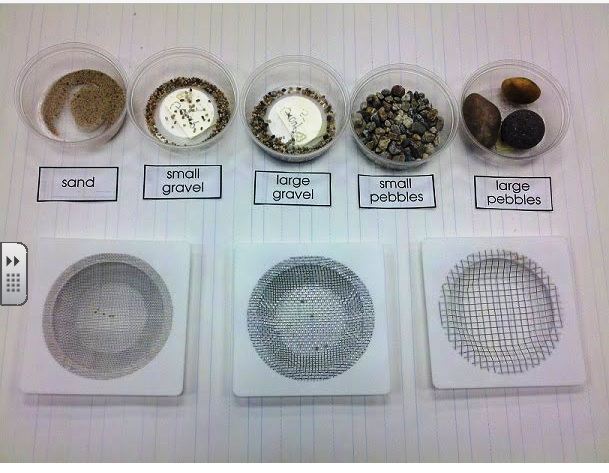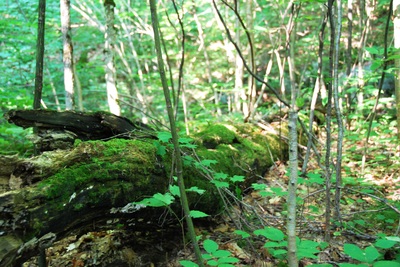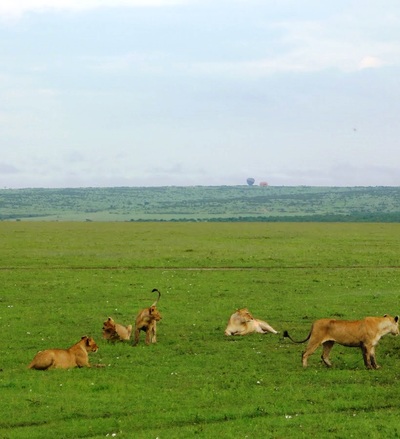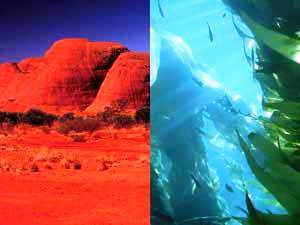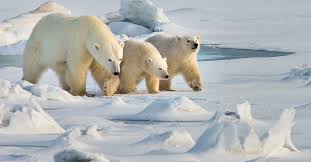WE HAVE BEEN LEARNING ABOUT ELECTRICITY-: SOURCE, USES AND SAFETY.
We will create a circuit.
We are learning about the sources of lights and shadows.
This week starting from 5th March, We are learning about Materials that dissolve in water and the ones that don't
WE ARE LEARNING EFFECTS OF HEATING AND COOLING MATERIALS- UP TO 23RD FEBRUARY 2017
This week of 15th to 19th January 2017 we are learning about how materials change when we Squash, Bend and Twist them.
This week in Science class, we will divide rocks into groups. We will use special screens and separate small rocks based on their size.
We are doing a review about Living things and their Habitat.
